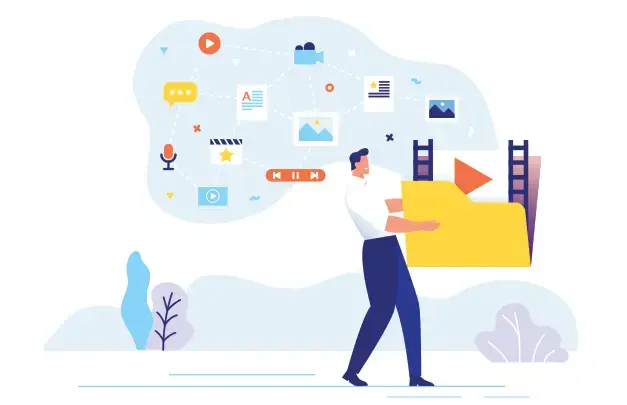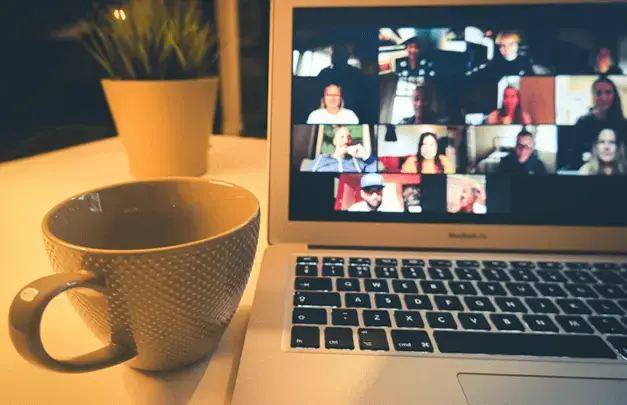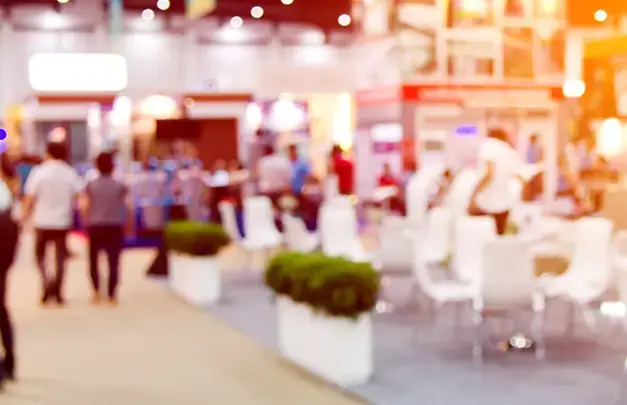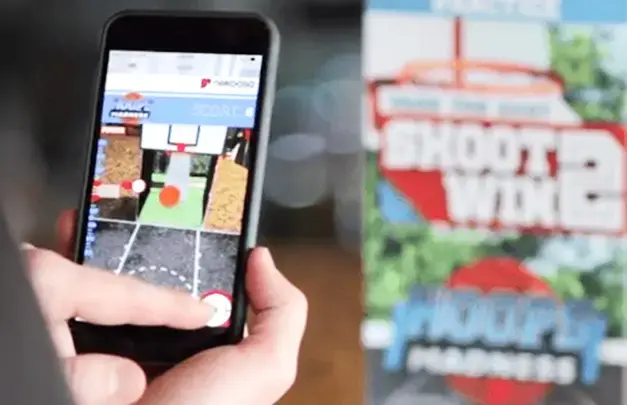Trust and loyalty are fundamental to the success and longevity of B2B brands and businesses. In fact...
BLOG
Insights
As businesses have shifted to remote work, events have also begun to convert into a virtual format. ...
For both B2B and B2C brands, trade shows represent a tremendous opportunity to bring together large ...
Year after year, our clients look for new ways to drive traffic to their trade show booths and to in...



